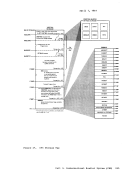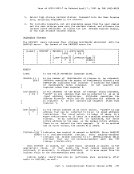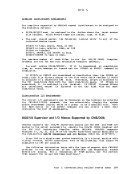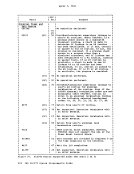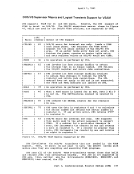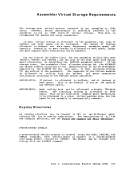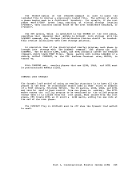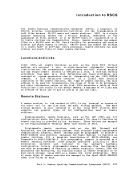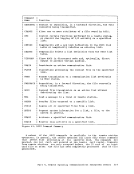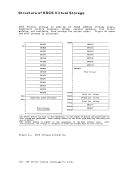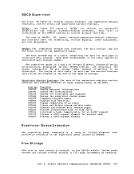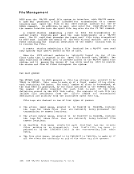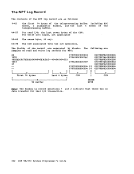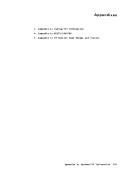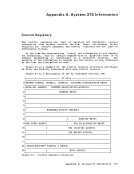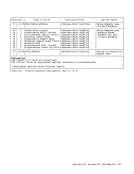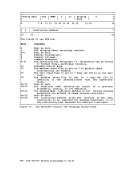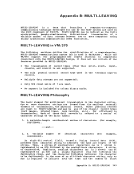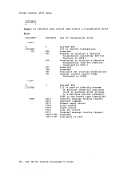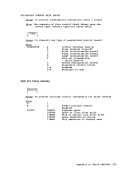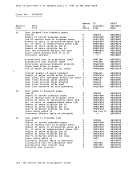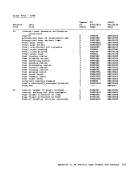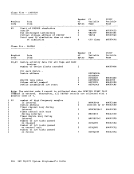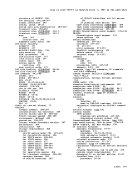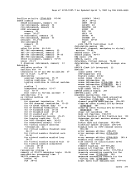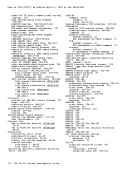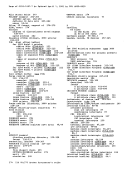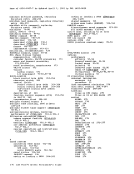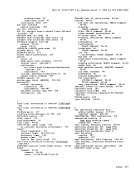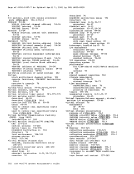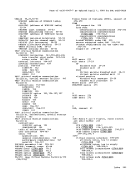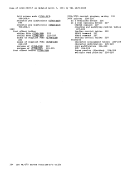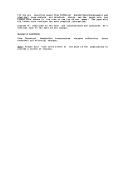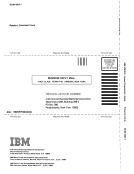Aug 1, 1919 UNEXPECTED RESULTS The type of errors classified as unexpected results vary from operating
systems improperly functioning underVM/310 to printed output in the
wrong format.
If an operating system executes properly on a real machine but does not
execute properly withVM/370, a problem exists. Also, if a program
executes properly under control of a particular operating system on a
real machine but does not execute correctly under the same operating
system withVM/370, a problem exists.
First, there are conditions (such as time-dependent programs) thatCP does not support. Be sure that one of these conditions is not causing
the unexpected results inCP. Refer to the !M/370
Next, be sure that the program and operating system running on the
virtual machine are the same as those that ran on the real machine.
Check for:• The same job stream • The same copy of the operating system (and program) • The same libraries
If the problem still is not found, look for an I/O problem. Try to
reproduce the problem, while tracing allCCWs, SIOs, and interrupts via
theCP TRACE command. Compare the real and virtual CCWs from the trace.
A discrepancy in theCCWs may indicate that one of the CP restrictions
was violated, or that an error occurred in the ControlProgram. When a program executes correctly under control of a particular
operating system on a real machine but has unexpected results executing
under control of the same operating system withVM/370, a problem
exists.Usually you will find that something was changed. Check that the
job stream, the operating system, and the system libraries are the same.
If unexpected results occur (such as TEXT records interspersed in
printed output), you may wish to examine the contents of the system or
user disk files.Non-CMS users may execute any of the utilities
included in the operating system they are using to examine and rearrange
files. Refer to the utilities publication for the operating system
running in the virtual machine for information on how to use the
utilities.
24 IBMVM/370 System Programmer's Guide
systems improperly functioning under
wrong format.
If an operating system executes properly on a real machine but does not
execute properly with
executes properly under control of a particular operating system on a
real machine but does not execute correctly under the same operating
system with
First, there are conditions (such as time-dependent programs) that
the unexpected results in
Next, be sure that the program and operating system running on the
virtual machine are the same as those that ran on the real machine.
Check for:
If the problem still is not found, look for an I/O problem. Try to
reproduce the problem, while tracing all
the
A discrepancy in the
was violated, or that an error occurred in the Control
operating system on a real machine but has unexpected results executing
under control of the same operating system with
exists.
job stream, the operating system, and the system libraries are the same.
If unexpected results occur (such as TEXT records interspersed in
printed output), you may wish to examine the contents of the system or
user disk files.
included in the operating system they are using to examine and rearrange
files. Refer to the utilities publication for the operating system
running in the virtual machine for information on how to use the
utilities.
24 IBM

























































































































































































































































































